Curious Questions: Why does nobody know where Christopher Columbus is buried?
He's one of the most famous human beings ever to walk the planet, but the final resting place of the Genoese explorer Christopher Columbus remains shrouded in mystery. Martin Fone, author of 50 Curious Questions, investigates.

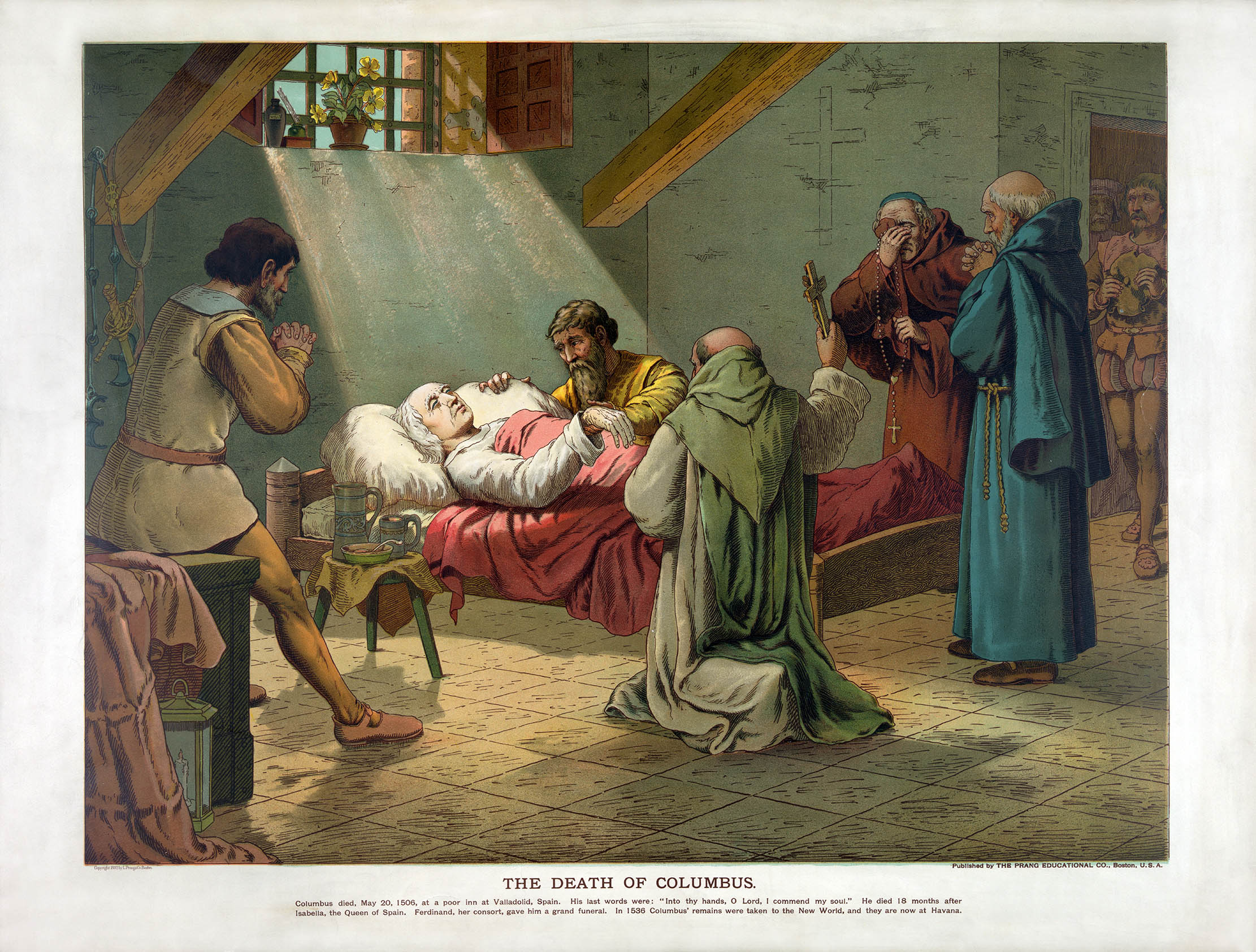
There is something to be said for a monopoly, if the beautiful Spanish city of Seville is anything to go by. In 1503 it was awarded the exclusive right to trade with the New World that Columbus had stumbled upon for the first time – at least from a Western European perspective – a decade or so earlier. All ships bound for the Americas had to set off from the city and all goods and treasures brought back had to be unloaded there. By 1595 the annual value of the precious metals reaching Seville rose to some 35 million pesos, despite the best efforts of British pirates.
Alas, all good things come to an end and after a plague epidemic in 1649 halved the population, and with the Guadalquivir river becoming increasingly difficult to navigate, the monopolistic rights were transferred to Cadiz in 1680. Seville had to content itself with tobacco, over which it retained a monopoly, and built a large processing plant, which now houses the city’s university.
If you want to get a sense of the fabulous wealth that came from the Americas into the city in its heyday, you could do worse than visit the ornate cathedral. The most ostentatious display of wealth is to be found in the Capilla Mayor, an altarpiece some 20 metres tall, containing the Virgen de la Sede surrounded by depictions of 45 scenes from the lives of Mary and Christ, all exquisitely carved in wood and gilded with gold from the Americas. It is an astonishing piece of Gothic craftsmanship and even took the breath away from this unreconstructed agnostic.
It seems appropriate, therefore, that the cathedral should be the site of the last resting place of the mortal remains of the author of the city’s fortune, Christopher Columbus. And if you wander into the south transept, just inside the Puerta de San Cristobal, you will find his tomb, held aloft by four figures representing the kingdoms that made up Spain during his life: Castille, Aragon, Navara and Leon.
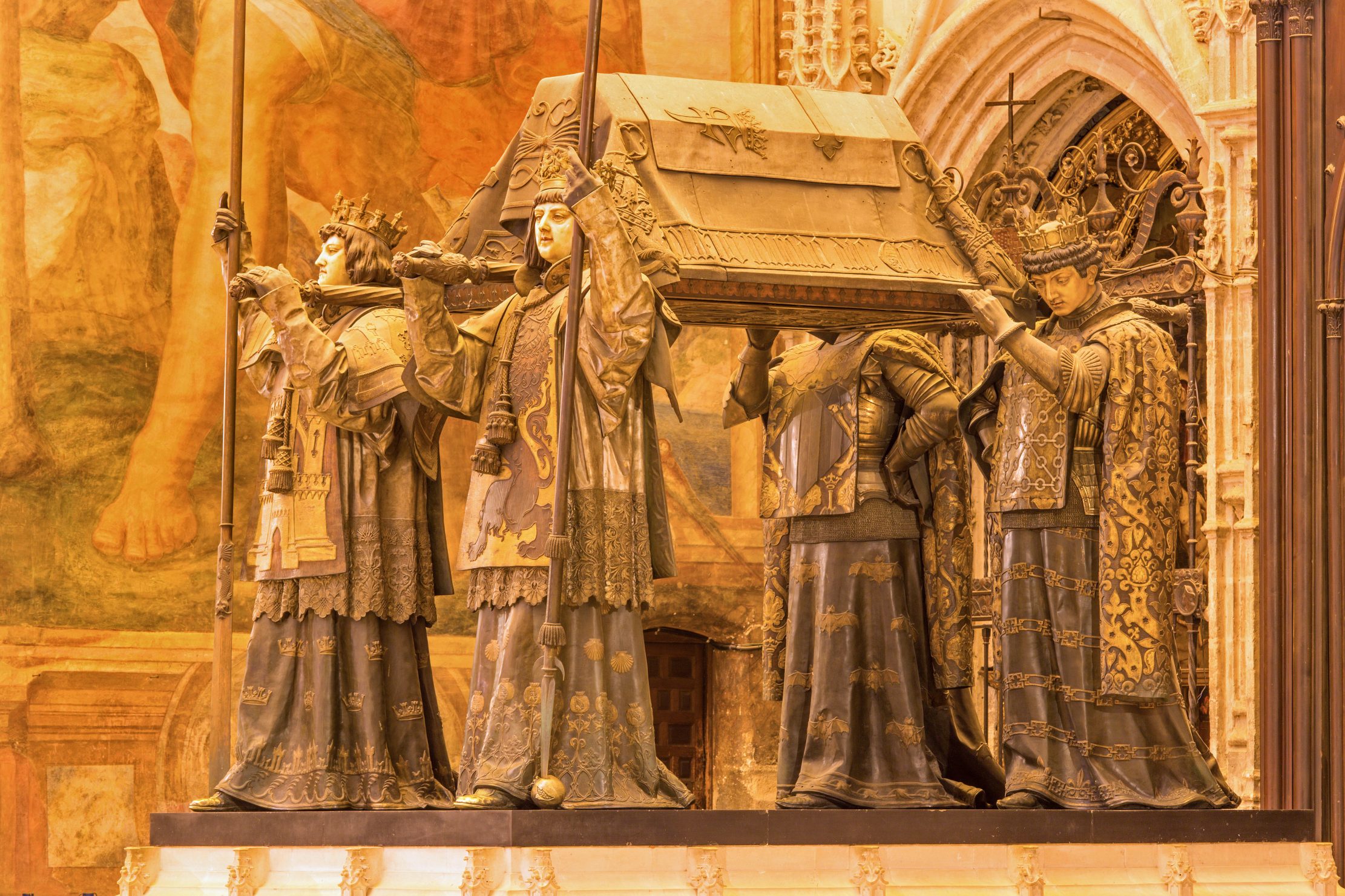
But all may not be as it seems.
A clue to the controversy may be gleaned from the fact that the monument, designed by the sculptor, Arturo Melida, was not installed in Seville cathedral until 1899, having been moved from Havana in Cuba. You see, having spent much of his life wandering the globe, Columbus’ bones were peripatetic too.
He died in the Spanish city of Valladolid on 20th May 1506, where he was buried. But Columbus had asked to be buried in the Americas and in 1506 his remains were moved to an island near Seville, La Cartuja, until a suitably impressive pile was built to accommodate them across the Atlantic.
Exquisite houses, the beauty of Nature, and how to get the most from your life, straight to your inbox.
In 1537 Columbus’s bones were on their travels once more, being laid to rest in the cathedral that had been built in Santa Domingo on the Spanish held island of Hispaniola in the Caribbean.
There they remained untroubled until 1795, when, following the signing of the second Treaty of Basel, Spain ceded two thirds of the island, later to become the Dominican Republic, and shipped them to Havana.
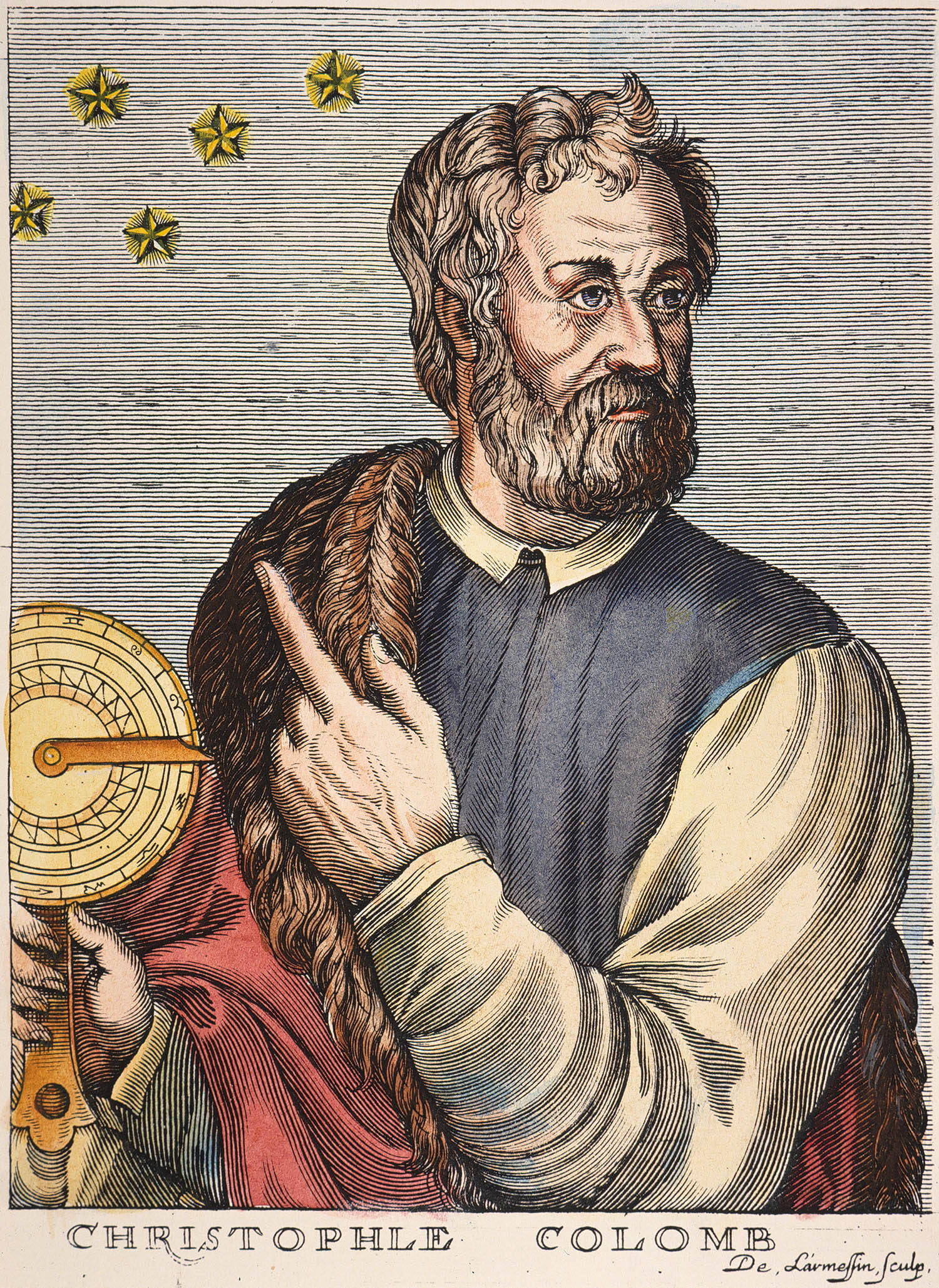
In 1895 the Spanish-American war broke out and Columbus’ remains were on the move again, this time coming to rest in Seville’s cathedral in Melida’s mausoleum, which accompanied him.
That’s the official version, at least. But a Spanish fly landed in the ointment in 1877 when some workers, digging in the Santa Domingo cathedral, uncovered a lead box, bearing the inscription 'Illustrious and distinguished male, don Cristobal Colon'.
This led the Dominicans to surmise that the Spanish, in their hurry to flee the island, had taken the wrong bones.
In 2006 the Spaniards carried out a DNA test on some bones interred in the cathedral in Seville and concluded that they probably belonged to Columbus, matching DNA from his brother, Diego, and his son, Hernando.
Case closed, you'd think? Not quite, since nobody is sure if the brother's remains were actually those of Diego Columbus. And while there is no doubt that Hernando's remains are genuine, comparison with a son rather than a brother raises the possibility that whoever lies in Seville is merely another member of the family.
What's more, the researchers also admitted that, based on the bones they found, the remains might well have been split up. And to add further fuel to the fire, latest evidence suggests that Columbus wasn't even from Genoa, but instead was a Portuguese nobleman who merely pretended to be Italian.
With all these grey areas it's little wonder that the Dominicans dispute the Seville claim – particularly since they have their own grand monument to the great man, El Faro a Colón (the Columbus Lighthouse). But they have so far refused to open up the sarcophagus in this cross-shaped building to any form of rigorous scientific testing.
And so there matters lie.
There is no definitive answer to our question but my money is on Seville.
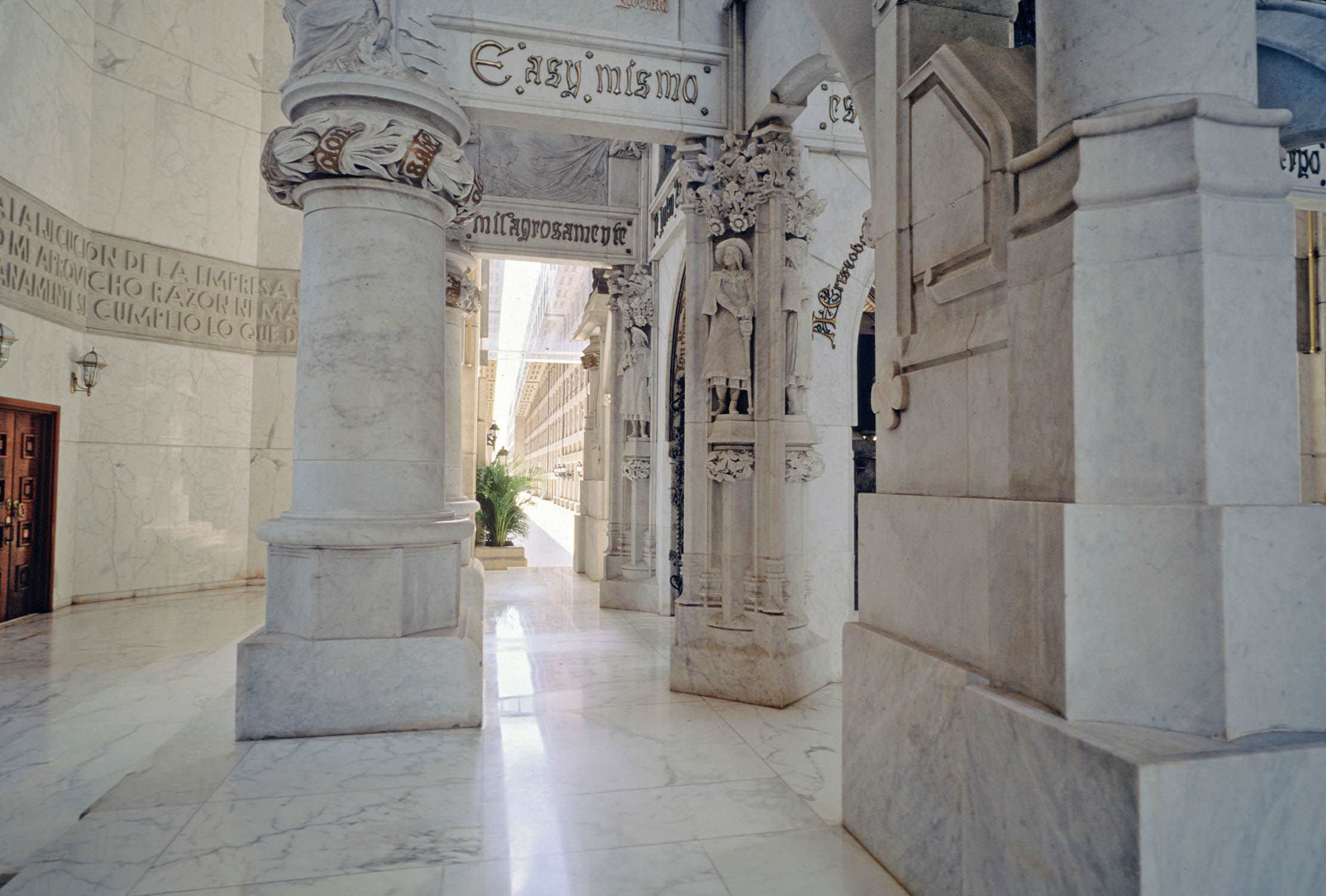

Credit: Alamy
Curious questions: Are you really never more than six feet away from a rat?
It's an oft-repeated truisim about rats, but is there any truth in it? Martin Fone, author of 'Fifty Curious Questions',
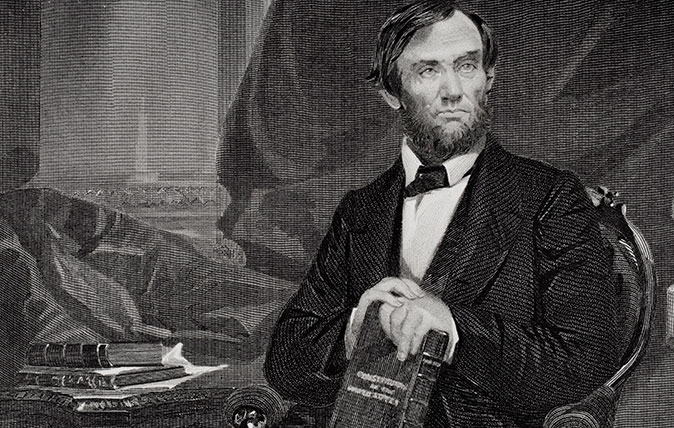
Credit: Getty
Curious Questions: How did Abraham Lincoln come to be the only US president to hold a patent?
Statesman, lawyer, fearless leader – and part-time inventor. Martin Fone looks at one of Abraham Lincoln's lesser-known talents.

Credit: Photo by FLPA/Hugh Lansdown/REX/Shutterstock – Bullet Ant (Paraponera clavata) adult, standing on leaf in rainforest, Tortuguero N.P., Limon Province, Costa Rica
Curious Questions: What is the world’s most painful insect sting – and where would it hurt the most?
Can you calibrate the intensity of different insect stings? Martin Fone, author of 'Fifty Curious Questions', investigates.
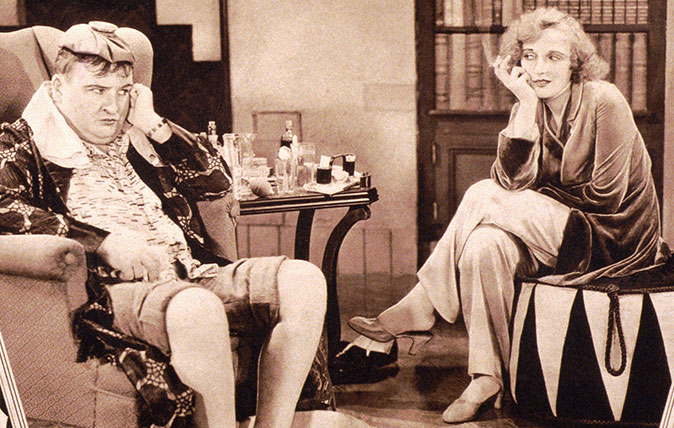
Curious Questions: What is the perfect hangover cure?
If there's a definite answer, it's time we knew. Martin Fone, author of 'Fifty Curious Questions', investigates.
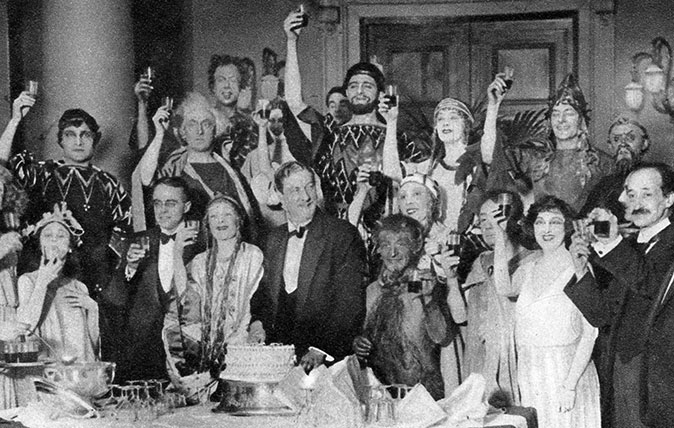
Curious Questions: Why is the Green Room called the Green Room?
Whether you're performing a play or about to go on television, the waiting room is called the Green Room – but
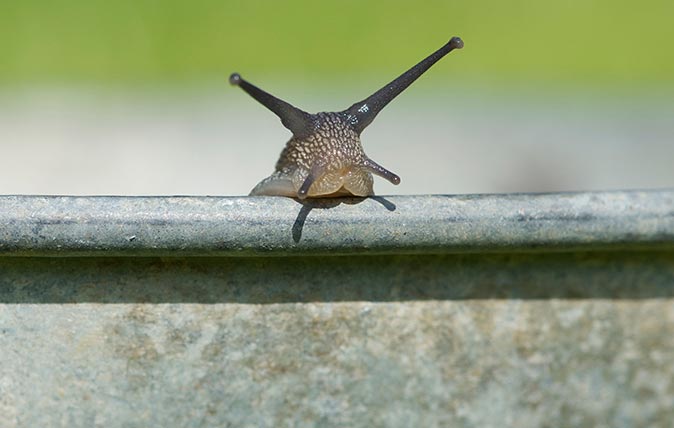
Credit: Alamy
Curious Questions: Does throwing a snail stop it from returning to your garden?
The oldest gardeners' remedy for getting rid of snails is also the simplest: throw them as far away as you

Credit: Alamy
Curious Questions: Why do you wake up just before the alarm goes off?
After graduating in Classics from Trinity College Cambridge and a 38 year career in the financial services sector in the City of London, Martin Fone started blogging and writing on a freelance basis as he slipped into retirement. He has developed a fearless passion for investigating the quirks and oddities of life and discovering the answers to questions most of us never even think to ask. A voracious reader, a keen but distinctly amateur gardener, and a gin enthusiast, Martin lives with his wife in Surrey. He has written five books, the latest of which is More Curious Questions.
